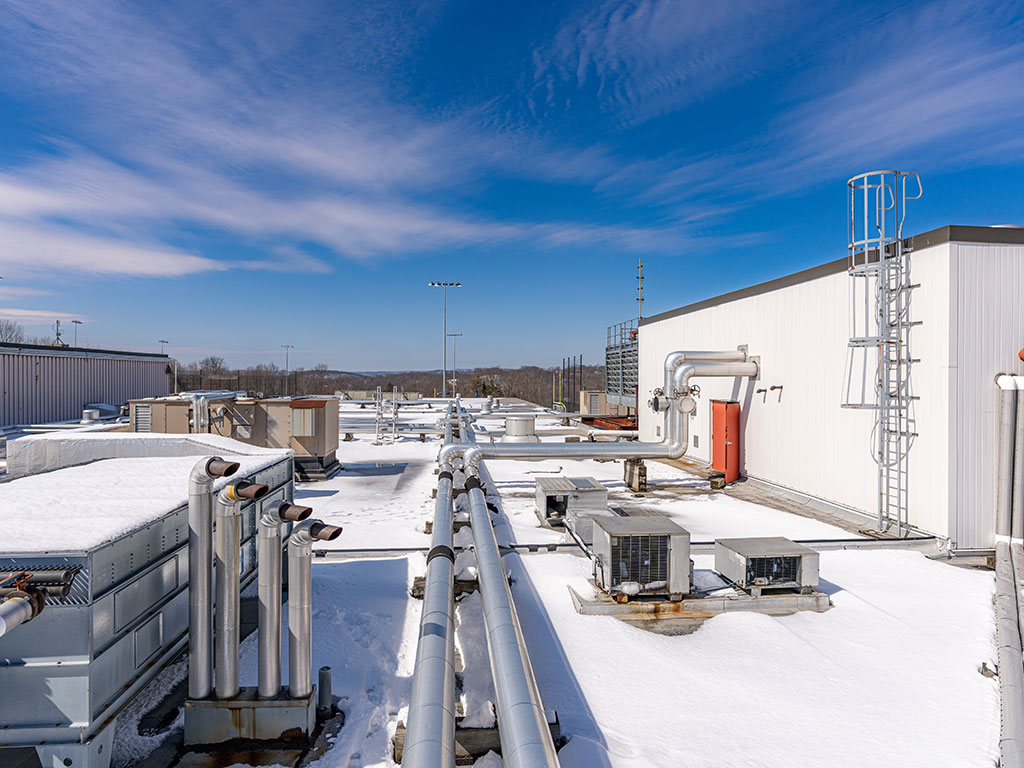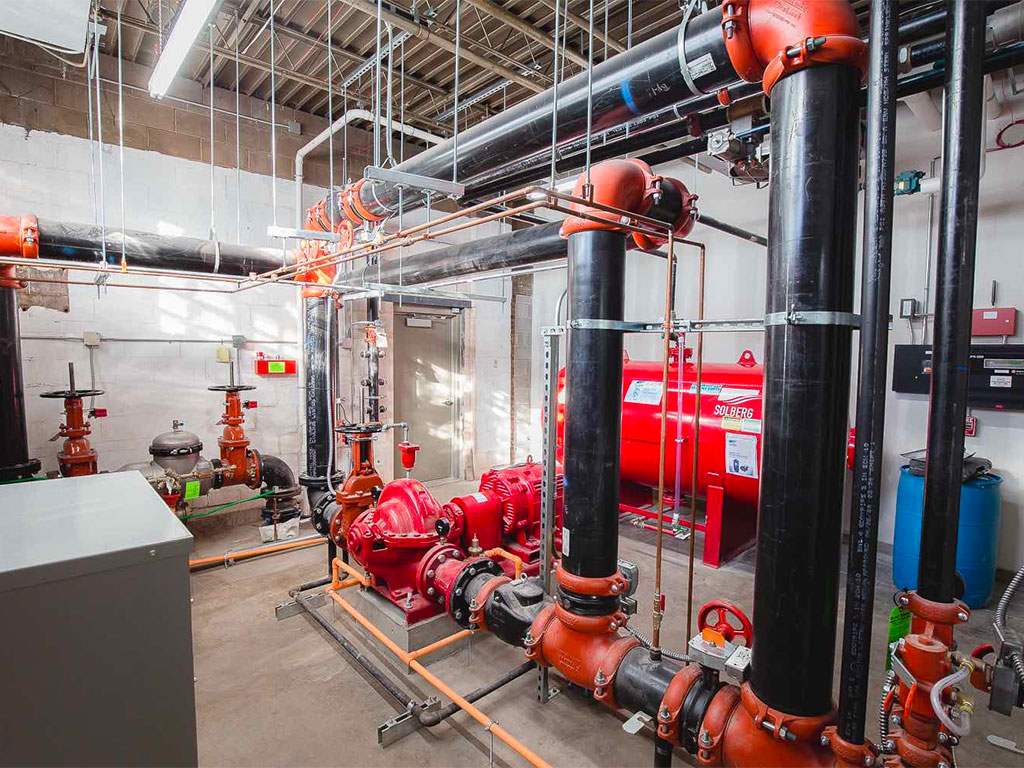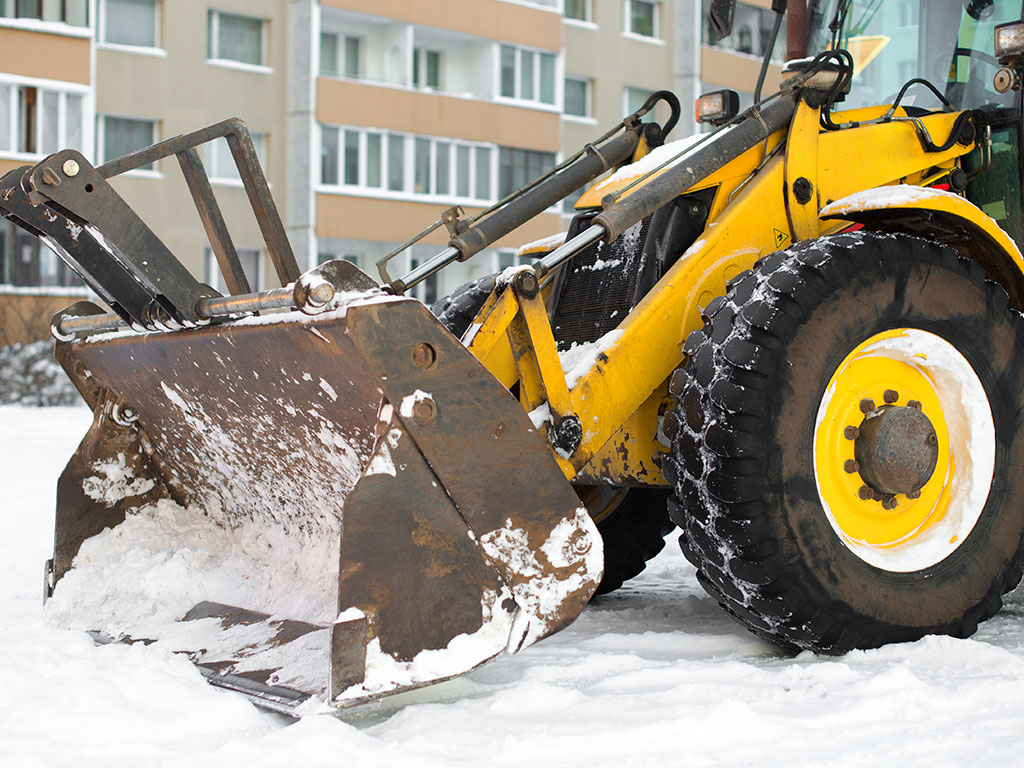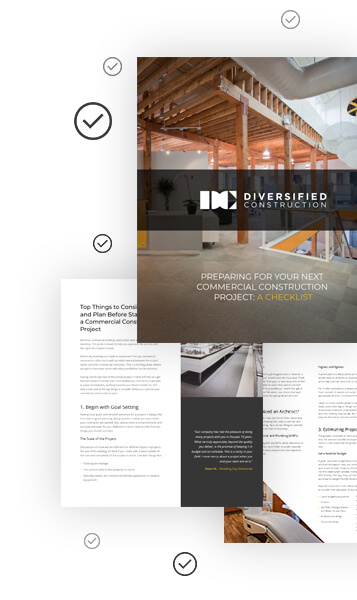Commercial Building Winter Preparations
As we transition from autumn to winter, preparing commercial buildings for the chilly season is paramount. Proper preparation ensures the safety of occupants and prevents damage due to extreme cold conditions. Much like how we bundle up in layers to fend off the cold, commercial establishments also need their own protective measures.
From energy inefficiencies to structural vulnerabilities, the chilling temperatures can pose a series of challenges. Whether it's reinforcing the HVAC system or bolstering the exterior, a proactive approach now can save considerable time, money, and hassle down the line.
In this article, we’ll explore the essential steps and strategies to winterize your commercial building, ensuring not only its longevity but also its optimal performance during the colder months.
Winter's Impact on Commercial Buildings
Before we dive into how to winterize your commercial building, it's important to understand the challenges brought on by the cold weather. The effects of winter can impact not only the structural integrity of the building but also its internal systems and day-to-day operations. Here’s how a building can be impacted by harsh winter conditions:
Structural Impact: Accumulation of snow on rooftops can lead to increased stress on the building's structure, potentially causing sagging or, in extreme cases, roof collapse. Moreover, the freeze-thaw cycle can damage facades, walls, and foundations. Water from melting snow and ice can seep into cracks, and when it freezes again, it expands. Over time, this repeated cycle can widen cracks and compromise the structural integrity of the building.
Systems Disruption: Inside the building, heating systems are pushed to their limits. Overworked HVAC systems can break down if not appropriately maintained, leaving occupants to endure cold temperatures and causing potential business interruptions. Additionally, the risk of pipes freezing and bursting becomes a significant concern, which not only disrupts water supply but also can cause water damage to the interiors.
Operational Challenges: Accessibility becomes a concern as parking lots and sidewalks become slick or blocked due to snow and ice. Ensuring safe passage for employees and clients requires additional maintenance efforts, such as salting, shoveling, or even snow removal services. Power outages, another common winter concern, can halt operations and necessitate backup power solutions.

Commercial Building Exterior Winter Maintenance
Commercial buildings require diligent attention and maintenance to ensure longevity and functionality. Two critical components in this aspect are the roof and the gutter system. Addressing issues in these areas can prevent significant damage, especially during seasons with heavy precipitation. Here’s how to prepare the exterior of your building for winter:
Roof Inspection and Repair
Recognizing the Unique Structure: Unlike many residential properties with pitched roofs, most commercial buildings feature flat roofs. This design demands particular attention to specific issues like water pooling, which can lead to significant complications if left unattended.
Routine Inspections: It is vital to regularly inspect the roof for signs of leaks, damage, and wear. Look for tell-tale signs such as water stains, which may indicate hidden leaks. Check for any loose sections, especially after harsh weather conditions.
Addressing Repairs: Once any damage is detected, immediate action is needed. This might include patching up holes, reinforcing weak sections, or even replacing portions of the roofing material. Given the flat structure, special attention should be given to ensuring the roof can withstand heavy snow loads. This can involve strengthening the underlying support or using materials designed to distribute weight effectively.
Gutter Cleaning and Downspout Maintenance
Preventing Clogs: Gutters are essential for directing water away from a building's foundation. Accumulated debris, however, can cause clogging, leading to water overflow and potentially damaging the foundation or exterior walls. Regularly clearing this debris is crucial, especially during the fall when leaves are most likely to block passages.
Combatting Ice Dams: Ice dams can form when melting snow re-freezes at the roof's edge. Such dams can cause water to back up under shingles or roofing material, leading to leaks. Keeping gutters clean can help reduce the formation of these dams.
Enhancements: Installing gutter guards can be an effective way to reduce the accumulation of debris, minimizing the frequency of cleaning. Additionally, using diverters can help manage the flow of melting snow and ice, directing it safely away from walkways and entrances.

Commercial Building Winter HVAC System Preparation
As the temperatures begin to dip, ensuring your building's HVAC system is well-prepared becomes crucial. The efficacy of the heating system not only ensures comfort for the occupants but also prevents costly damages that could arise from neglect. Here’s how to winterize the HVAC system of your building:
Furnace and Heating System Check
Professional Maintenance: A thorough inspection can identify potential issues that might hinder the heating system's performance or efficiency. Such early detections can prevent extensive damage and ensure the system works optimally throughout the season.
Air Quality Measures: Over time, filters accumulate dust and debris, which can impede airflow and reduce the system's efficiency. Moreover, it is crucial to ensure that there are no carbon monoxide leaks. This colorless, odorless gas can be lethal, making it essential to have detectors in place and to regularly inspect for any potential leaks in the heating system.
Pipe Insulation
Identifying Vulnerable Pipes: Some pipes, particularly those located in unheated or less insulated parts of the building, are more susceptible to freezing. Identifying these vulnerable sections and ensuring they are well-insulated is a proactive measure to prevent the havoc that a burst pipe can wreak.
Insulation Methods: Wrapping these pipes with insulating materials can make a significant difference. However, for added protection, especially in extremely cold regions, consider using heat tape. This provides an external heat source that can prevent the water inside the pipes from freezing. Ensuring a proper installation is essential to avoid any potential fire hazards associated with heat tape.
Plumbing and Water Systems
From the potential freezing of exterior faucets to the efficiency of the water heater, the plumbing and water systems can become vulnerable during winter, but certain actions can safeguard against seasonal challenges. Here's how to make sure your building's plumbing is ready for the cold months:
Water Heater Inspection
Combatting Sediment Buildup: Over time, water heaters can accumulate sediment at the bottom, leading to reduced efficiency and potential damage. Regularly draining and flushing the heater is essential to remove this buildup, ensuring that the heater functions at its optimal capacity throughout the cold months.
Temperature Regulation: Setting the water heater to the right temperature serves a dual purpose. First, it ensures that the water doesn't freeze within the system. Secondly, it conserves energy by not overheating the water. Typically, a setting of around 120°F (49°C) is recommended for both safety and efficiency.
Exterior Faucet Winterization
Securing Water Sources: Exterior faucets are especially vulnerable to freezing temperatures. To prevent potential freezing and bursting of pipes, it's crucial to shut off water sources that feed these faucets. Additionally, ensuring that hoses are detached and drained can prevent water trapped inside from freezing and causing damage.
Protection with Insulation: Once the water source is shut off, the faucets themselves need protection. Insulated faucet covers can be a simple yet effective solution. These covers act as a barrier against freezing temperatures, safeguarding the faucets from potential freeze and subsequent damage.

Commercial Building Winter Landscaping and Grounds Maintenance
Cold weather presents unique challenges, from snow accumulation to potential damage from tree branches weighed down by ice. Proactive planning can mitigate risks and ensure that the building's surroundings remain both safe and functional. Here’s how to ensure effective ground maintenance during winter:
Snow Removal Plan
Professional Assistance: Contracting with a professional snow removal service is often the most efficient way to keep pathways, parking lots, and driveways clear. This ensures accessibility, reduces the risk of slips and falls, and maintains a professional appearance even in the heart of winter.
On-site Preparedness: Even with a contracted service, it's beneficial to have tools on hand for immediate snow removal needs. Keeping shovels, salt, and snow blowers readily available allows for quick intervention, especially during unexpected snowfall or in areas that might need frequent clearing, such as building entrances.
Tree and Branch Inspection
Risk Assessment: Trees, while adding beauty and greenery to the surroundings, can become potential hazards during winter. It's essential to regularly assess trees for weak or dead branches that could break under the weight of snow or ice, potentially causing damage or injury.
Timely Intervention: Once potential threats are identified, the next step is pruning and trimming. Removing these weak branches not only safeguards against possible damages to nearby structures or vehicles but also promotes the overall health of the trees, ensuring their longevity.
Energy Efficiency Upgrades
A significant portion of a building's energy can be wasted through drafts and inefficient fixtures. By taking measures to counteract these losses, one can substantially decrease energy bills and bolster the building's environmental footprint. Here are a few recommended energy efficiency upgrades
Sealing Drafts and Gaps
Locating the Culprits: The initial step in this energy-saving journey is to identify areas susceptible to drafts. Common culprits include gaps around doors, windows, and even places where utilities and pipes enter the building.
Effective Sealing Solutions: Once these draft-prone areas are identified, a variety of methods can be employed to seal them. Caulking is ideal for gaps in stationary components, like where a window frame meets the building facade. Weatherstripping, on the other hand, is perfect for movable components, ensuring a tight seal when windows or doors are closed. For doors, adding sweeps at the bottom can be a game-changer, preventing cold air from seeping in and warm air from leaking out.
Window and Door Upgrades
Invest in Efficiency: Older windows and doors might exude charm, but they often lack energy efficiency. By investing in modern, energy-efficient models, a significant amount of heat loss can be mitigated. These fixtures are typically double or triple-pane and often filled with inert gasses that act as insulators.
Enhancements for Existing Fixtures: If entirely replacing windows and doors isn't currently feasible, there are still measures to enhance their efficiency. Window films can act as insulators, reflecting heat back inside during the colder months. Draft stoppers, which can be placed at the bottom of doors or windows, can prevent chilly breezes from infiltrating indoor spaces.
Conclusion - Winterize Your Commercial Building
From mitigating potential damages to ensuring seamless operations, proactive winterization is the cornerstone of a safe and efficient environment during the colder months. By embracing diligent planning and regular maintenance, you not only protect the structural integrity of your building but also provide a comfortable space for its occupants.
Diversified Construction specializes in furniture, fixtures, and equipment, with over 60 years of business experience in the Twin Cities. Contact us today at 952-929-7233 if you’re looking to start a new project.

